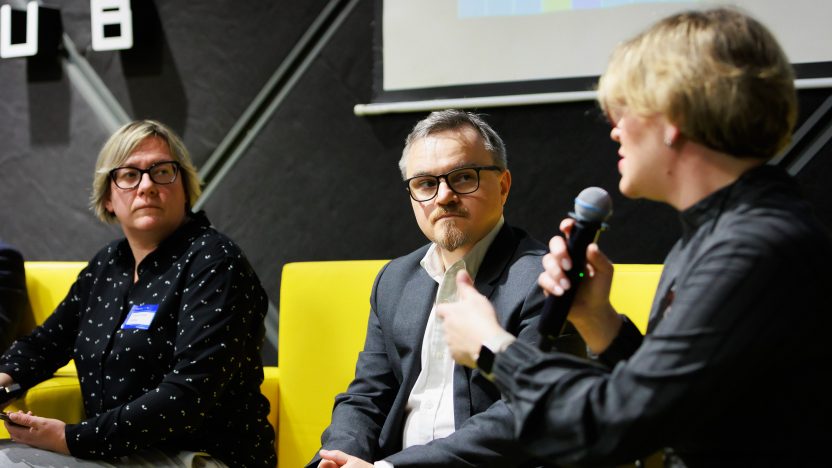How can Ukraine preserve and grow its human capital amid war, when millions have fled and those who remain live in constant crisis? How can communities become the backbone of the country’s economic and social resilience? These were the key questions discussed during the panel “A Solid Foundation: Strengthening Human Capital and Building Economic Resilience”, organized by the International Renaissance Foundation as part of the “Resilience Vision 2.0” conference.
The discussion focused on communities, veterans, internally displaced people, youth, women, the elderly, and Ukrainians returning from abroad. Each of these groups requires new policies and approaches to remain part of Ukraine’s development. Here’s a brief overview of the key takeaways.

Communities as Pillars of Resilience
Panelists agreed: communities must be at the heart of building a resilient state. But to fulfill this role, they need real authority, strategic planning, and active engagement from residents.
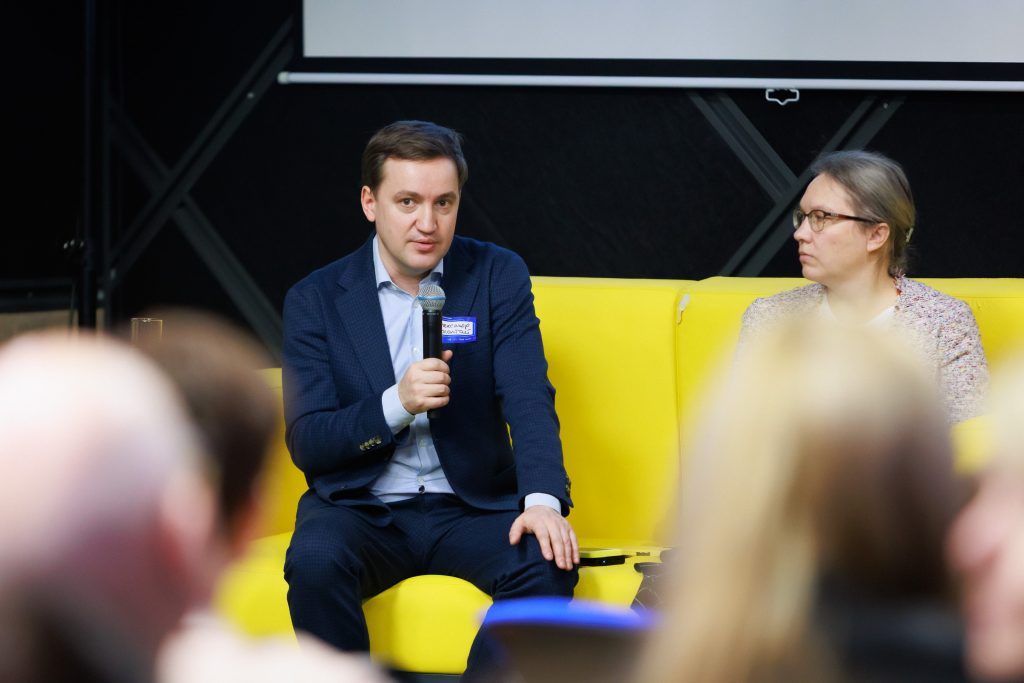
Oleksandr Solontai from the Agency for Recovery and Development noted that local self-governance has been lost in many areas — especially on the left bank of the Dnipro, where military administrations have taken over. This, he argued, leads to a loss of flexibility and initiative. “Elections drive accountability. Without them, officials get complacent,” he said. Communities have proven to be reliable allies to the state during full-scale war, but to stay effective, they need more economic autonomy. Some communities have even launched municipal enterprises producing weapons — an approach that could be far more effective under public-private partnership models.
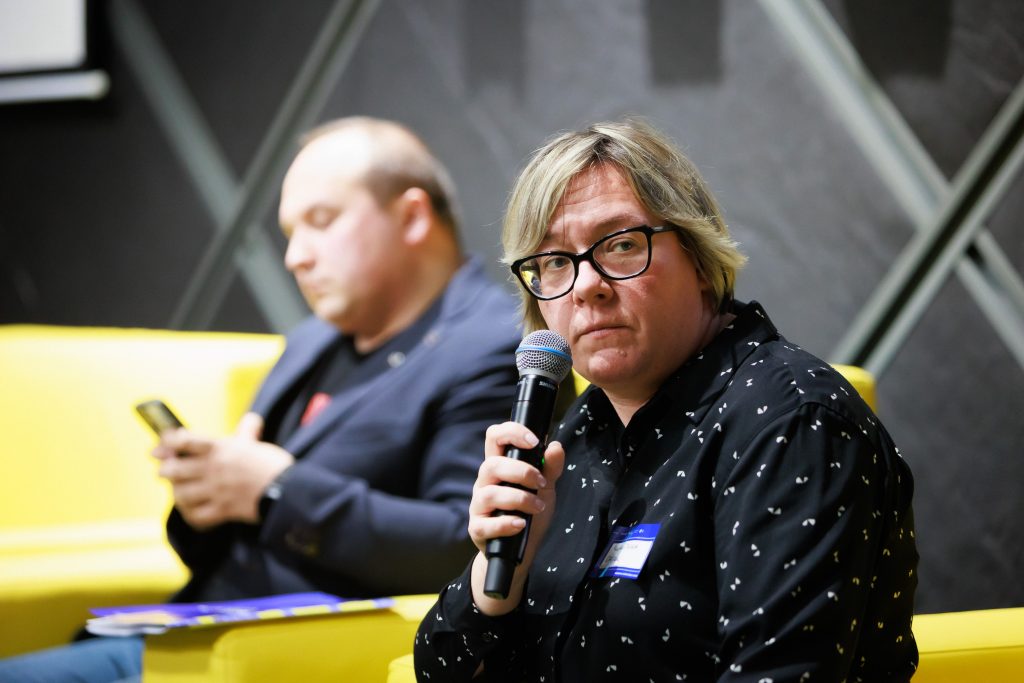
Mykhailyna Skoryk, founder of the NGO Institute for Sustainable Community Development, shared insights from her work in the Kyiv region. Every community, she said, has its own recovery pace, but common challenges persist: declining public motivation, tensions between local councils and mayors, and inequalities between larger and smaller municipalities. “People don’t want better — they just want things back the way they were,” she noted. Now more than ever, local authorities must honestly assess their capacities and be open to cooperation with donors and the local population.
People, Not Numbers: Thinking Strategically About Resilience
Community resilience isn’t just about rebuilding roads and infrastructure — it’s about creating conditions where people choose to stay, or better yet, return.
Hlib Vyshlinsky, Executive Director of the Centre for Economic Strategy, emphasized that Ukraine’s main economic challenge today is a shortage of labor. “We have to focus on bringing Ukrainians back — and making sure that leaving the country doesn’t feel like the smartest option,” he stressed. That means having honest conversations about quality of life: what kind of salary can a Ukrainian expect at home versus in Germany? If people can’t meet their basic needs here, there’s no realistic path to return.
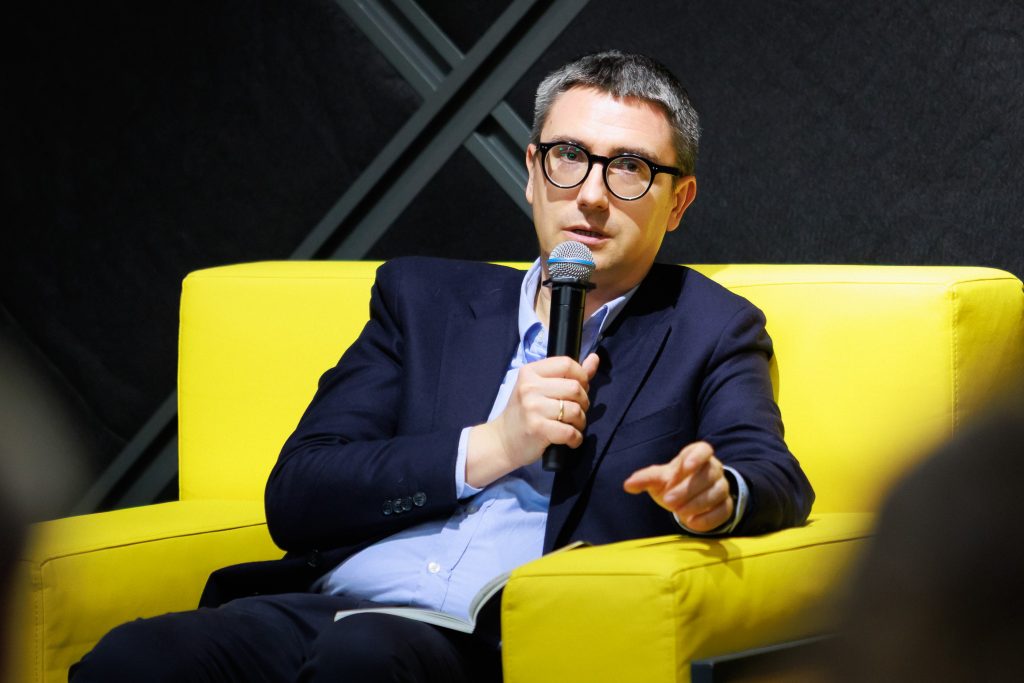
Vyshlinsky argued that the state must act not only through national strategies but also by working closely with local communities. Civil society organizations play a critical role here: they can collect data on displacement, employment, and small business development — and turn that into real pressure for change.
Oleksandra Betliy from the Institute for Economic Research and Policy Consulting added that what matters most is community capacity — not just financial, but managerial. “You need people who know how to talk to donors, to business, and how to shape policy,” she said. Ukraine lacks platforms for experience-sharing between communities, and that’s where civil society can step in. Another barrier is inconsistent national policy, which causes confusion over paperwork and processes. Many communities still don’t fully grasp the principles of people-centered and barrier-free approaches — these ideas need to be spread and embedded.
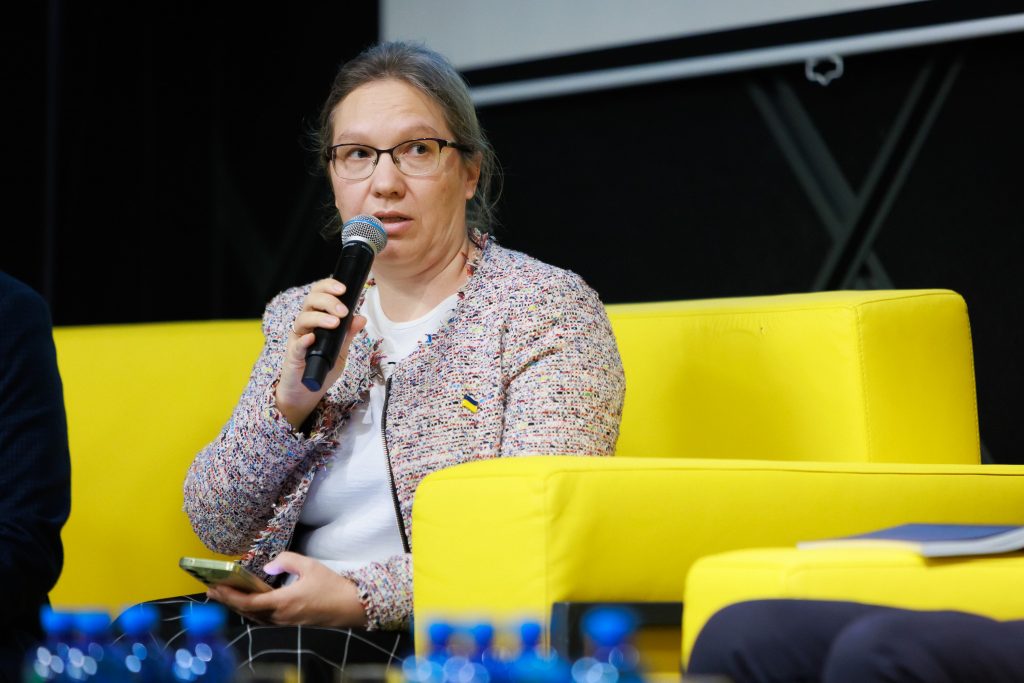
Designing a Society That Works
Volodymyr Vorobei, Executive Director of PPV Knowledge Networks, stressed that Ukraine’s systems must be designed around people. Too often, he said, projects operate in silos with no coordination. The economy must become more efficient to reduce dependence on donor funding. For instance, employment centers currently function in a formal, ineffective way — in some cases, it would make more sense to transfer these responsibilities to NGOs.
Vorobei also pointed to the “mythical thinking” that plagues many community development strategies. Plans are often drafted without considering real resources. New facilities are built, but no one is hired to manage them. And in frontline areas, salaries don’t match the level of risk and responsibility. “How can we talk about resilience,” he asked rhetorically, “when people in frontline regions are earning just 15,000 hryvnias a month?”
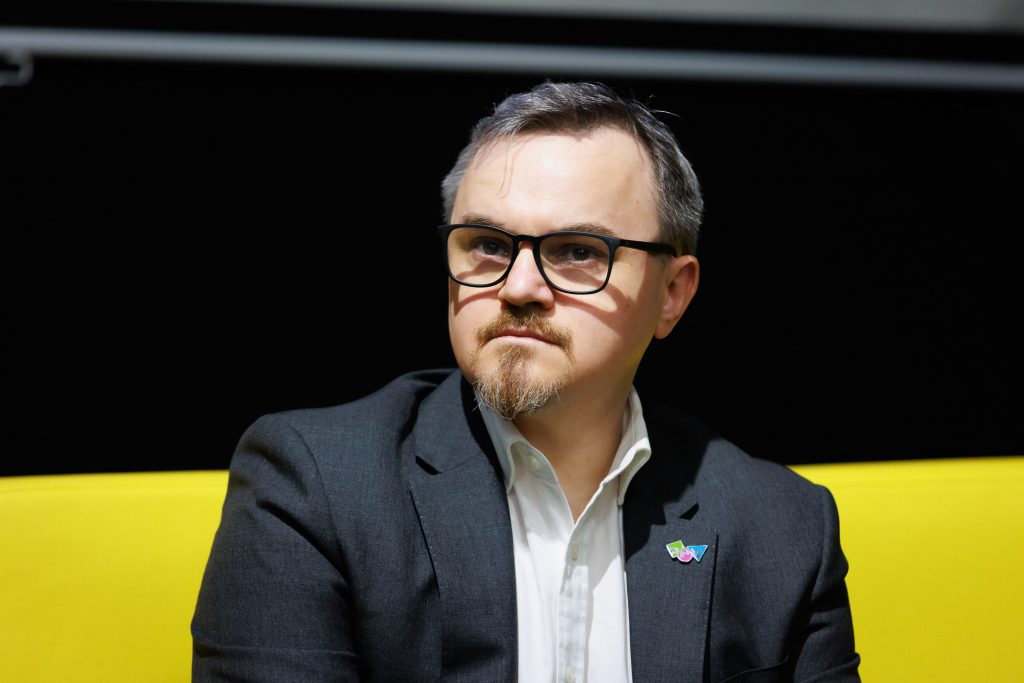
Veterans as a Community Asset
Kostiantyn Tatarkin, a veteran and reintegration expert, brought attention to another critical component of resilience: the millions of veterans returning to civilian life. Over 1.2 million veterans already live in Ukraine. Of them, 73,000 are between 18 and 22 years old — with no formal education or profession yet.
“We need to understand that this entire vision of resilience is, first and foremost, about Ukraine’s ability to defend itself,” he emphasized. The majority of veterans are returning due to health issues. Until their physical recovery is complete, education and employment aren’t realistic goals. The first challenge is the healthcare system. After that come rehabilitation, psychological support, career guidance, and the creation of veteran cooperatives.
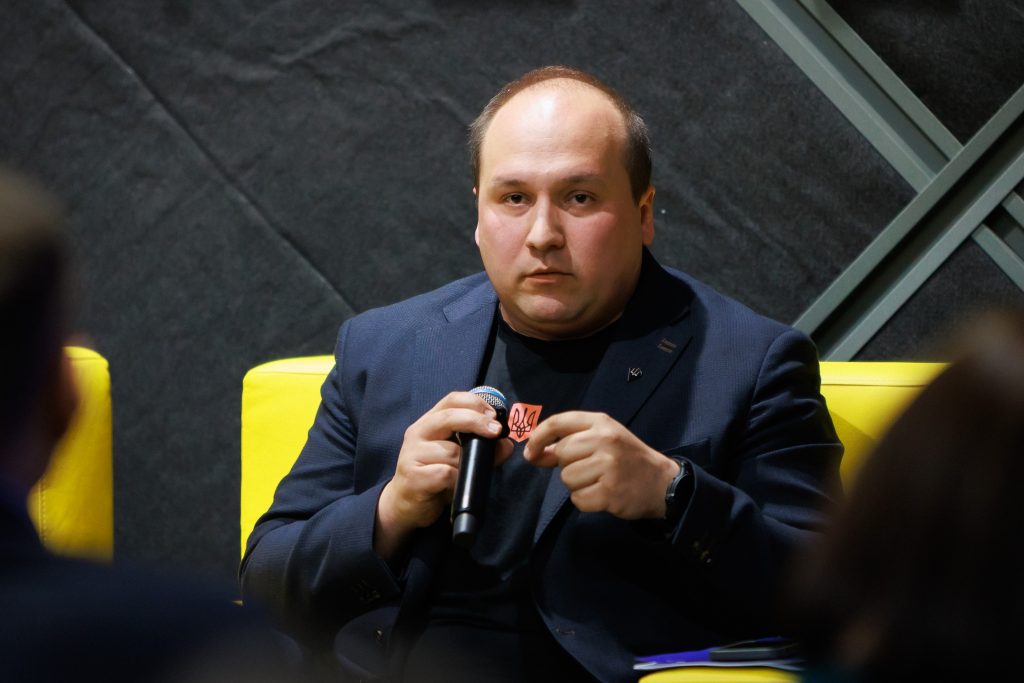
“It’s absolutely critical that everything we build is rooted in dignity and respect,” said Tatarkin. He added that the state must start preparing now for the return of veterans — not after the fact.

